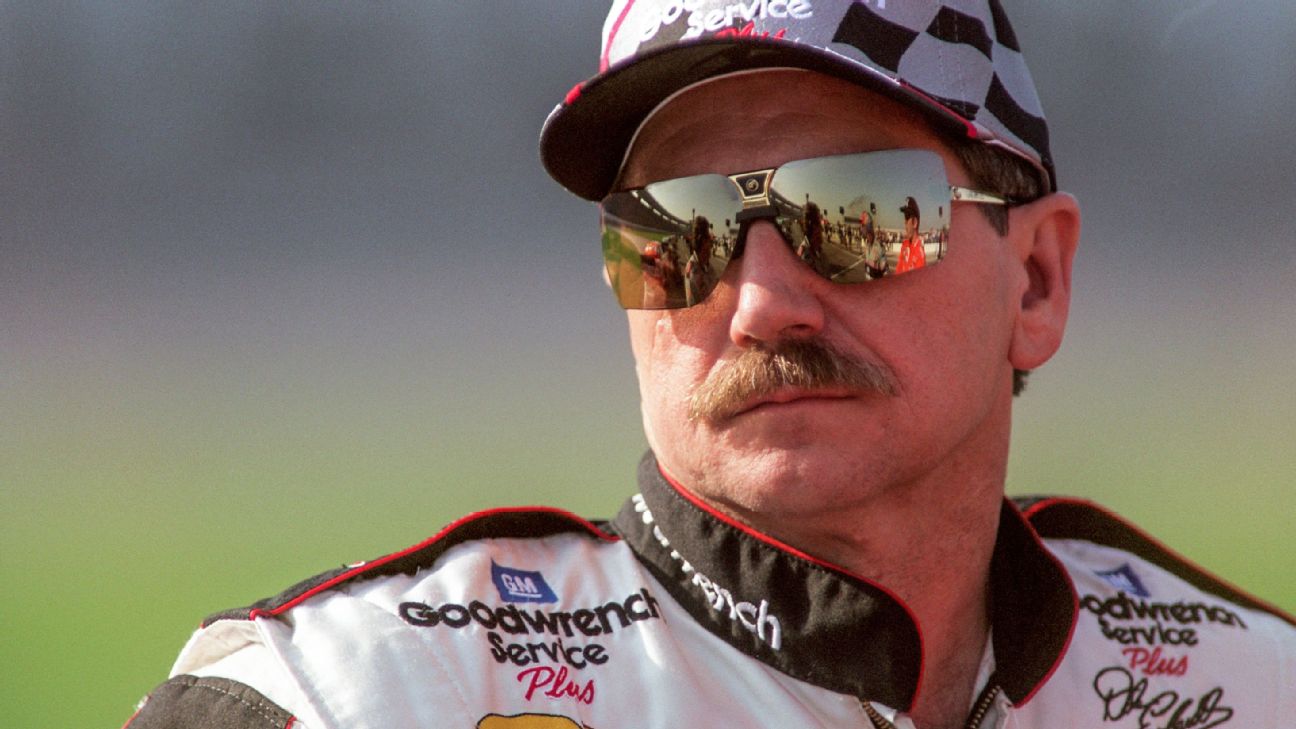Deadly Daytona: The Track that Stripped a Car Down to Its Roll Cage, Two Years Before Claiming Dale Earnhardt
The Daytona International Speedway, with its high banks and lightning-fast straightaways, is one of the most iconic and perilous tracks in NASCAR history. Known for its thrilling races and dramatic finishes, Daytona has also been the site of numerous tragic accidents. Two years before the track claimed its most famous victim, Dale Earnhardt, it delivered a harrowing reminder of its deadly potential by stripping a car down to its roll cage in a violent crash that underscored the dangers faced by drivers.
The Legacy of Daytona
Daytona International Speedway, opened in 1959, has long been revered as a cathedral of speed. Hosting the prestigious Daytona 500 annually, the track has seen countless moments of racing glory and heartbreak. Its unique layout, featuring steep banking of 31 degrees in the turns, allows for high speeds and close racing, which, while exhilarating for fans, can be treacherous for drivers.
The 1999 Crash: A Grim Warning
In 1999, during a practice session for the Daytona 500, NASCAR driver Richard Childress Racing’s Mike Skinner experienced a crash that stripped his car down to its roll cage. Traveling at over 190 mph, Skinner lost control of his vehicle, which careened into the wall with devastating force. The impact was so severe that it tore away much of the car’s bodywork, leaving only the roll cage intact. Miraculously, Skinner walked away from the crash with minor injuries, thanks to the safety advancements in NASCAR vehicles. However, the incident was a stark reminder of the ever-present danger at Daytona.
Safety Measures and Their Limits
The 1999 crash prompted NASCAR to reassess and enhance safety measures, including the development and implementation of the Head and Neck Support (HANS) device and improvements to car design and track safety features. Despite these efforts, the inherent risks of high-speed racing remained.
The Tragic Loss of Dale Earnhardt
On February 18, 2001, the world of motorsport was rocked by the death of Dale Earnhardt, one of NASCAR’s greatest and most beloved drivers. During the final lap of the Daytona 500, Earnhardt’s car made contact with another vehicle, causing him to lose control and crash into the retaining wall at high speed. The impact, although seemingly less violent than Skinner’s crash two years prior, proved fatal. Earnhardt’s death marked the 11th fatality at Daytona and underscored the urgent need for further safety advancements in the sport.
The Aftermath and Legacy of Safety
Dale Earnhardt’s tragic death became a catalyst for sweeping changes in NASCAR. The organization mandated the use of the HANS device, improved seatbelt designs, and made structural changes to cars to enhance driver safety. Additionally, NASCAR introduced the SAFER (Steel and Foam Energy Reduction) barrier to absorb and reduce the force of impacts with the wall.
These safety innovations have significantly reduced the number of severe injuries and fatalities in NASCAR, allowing drivers to compete with greater peace of mind. The legacy of Earnhardt’s death and the 1999 crash serve as sobering reminders of the risks inherent in motorsport and the continuous need for vigilance and innovation in driver safety.
Conclusion
The Daytona International Speedway, with its blend of excitement and danger, will forever be etched in the annals of NASCAR history. The 1999 crash that stripped a car down to its roll cage and the subsequent loss of Dale Earnhardt in 2001 highlight the perilous nature of the sport and the resilience of the NASCAR community in the face of tragedy. As the sport evolves, the lessons learned from these incidents continue to drive improvements in safety, ensuring that the thrill of racing can be enjoyed with greater security for all involved.
